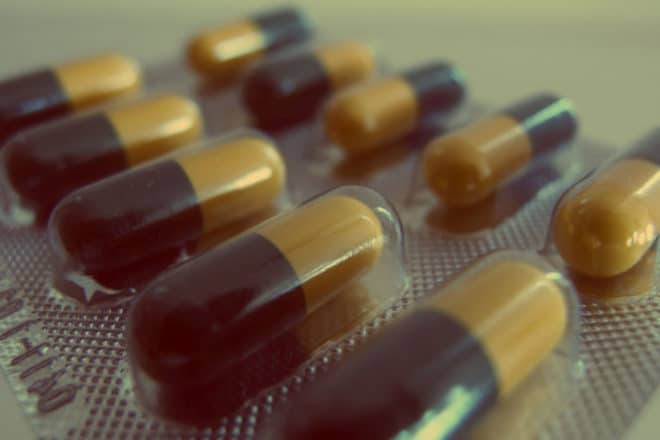“Heroin used to be a junk drug. The cost was way too high, because it came from areas like Afghanistan and Turkey, the effects were so-so at best, and man was it hard to come by.”
This is how Sam Quinones, author of Dreamland, a look into how pain pills are ruining American cities one prescription at a time, describes heroin in the 60’s and 70’s. His name is pronounced ken-YONE-ez, he tells me.
“But then a pain management revolution happened in the 80’s,” Quinones continues, his energy growing. “You ended up with pharmaceutical companies, whose main goal is to sell products, mind you, creating synthetic opioids and that fit perfectly within a society that had grown lazy and wanted convenience, comfort and ease.”
He describes how brands like Xanax and Hydrocodone were handed out by the fistful and marketed as “non-habit-forming” in the early days. “They were stuffed with ‘filler’ like aspirin or something non-reactive to cut down on addiction. Then Oxycontin hit the market. If it weren’t for Oxy, we wouldn’t have a heroin problem now.” Oxycontin, when it first was released, came in 30, 60, and (briefly) 120 mg of pure oxycodone hydrochloride. This drove tolerances higher and higher, leading those affected to seek alternative highs.
But it was a slurry of events that lead us here: to the largest opioid and heroin scourge in the country’s history. The crash of the heroin markets and poppy fields of Afghanistan and Turkey; the overprescribing of high-powered, tolerance-inducing medications like Oxycontin; and the rise of drug cartels in Mexico and Columbia.
“Now most of the heroin that comes into the U.S. is from Mexico and boy is it powerful. And cheaper than ever. Really great stuff if you’re an addict.” Quinones tells of a law enforcement officer in the Midwest who deals with overdoses on a weekly basis. “He told me the heroin in his precinct was usually around 90-97% pure.”
The descent into heroin looks like this: introduction of pain -> introduction of pain meds -> growing reliance on meds -> growing tolerance -> more meds needed -> prescription runs out -> seek alternative -> seek best bang for the buck.
And the heroin nowadays is, by far, the best of those.
Director of the Mississippi Bureau of Narcotics, John Dowdy puts it another way: “Clearly, we’ve created a society of sissies.”
He’s referring to a lack of toughness or self-reliance that once was the hallmark of American resolve and gumption. “People walk in and say ‘Doc, fix me.’ There’s a pill for everything.” Dowdy continues: “That may be a harsh way to put it, but you’ve gotta realize: that’s what some of these people need. Tough love.”
He recognizes how this sounds. He’s not discrediting the pain and suffering of those in (or around) the throes of addiction. There is no frustration or lack of regard. Quite the opposite. He says it with a distinct tone of compassion and experience.
“For so long, we’ve had this stigma that goes along with addiction and we’ve got to remove that.” Dowdy mentions friends and family whose lives have been touched by addiction. “You’ve got to realize, addiction is a disease, and these people need help. Treatment is one of the most vital parts of us fighting this particular epidemic.”
The state’s first Opioid and Heroin Drug Summit takes place at Broadmoor Baptist Church in Madison, MS this Tuesday, Wednesday and Thursday. You’re invited to learn more about what’s killing Americans every single day. The summit is a collaborative effort by the state Board of Pharmacy, the state Department of Mental Health, the state Bureau of Narcotics, the office of Attorney General Jim Hood, and the state Department of Public Safety, as well as federal investigation and health departments. If you or a loved one are suffering, please call the Mississippi Department of Mental Health help line at 1-877-210-8513. It’s free, confidential, 24/7, and it can save your life or the life of someone else.




